Hey there, fellow yogis! It’s Bianca here, your friendly neighborhood yoga instructor. Today, I wanna chat about something that’s been on my mind lately – eco-friendly yoga mats.
You know, it hit me during a particularly sweaty vinyasa class last summer.
There I was, in downward dog, when I caught a whiff of that unmistakable “new mat” smell from the student next to me.
It got me thinking – what exactly are we putting our hands, feet, and faces on every day?
Turns out, a lot of us (myself included, once upon a time) have been unknowingly practicing on mats made with some pretty nasty stuff.
But here’s the good news – there’s a whole world of eco-friendly options out there that are good for us AND Mother Earth.
Brands like Manduka, Jade Yoga, and Gaiam are leading the charge, and let me tell you, they’re game-changers.
So, let’s find out why these green mats are worth getting excited about!
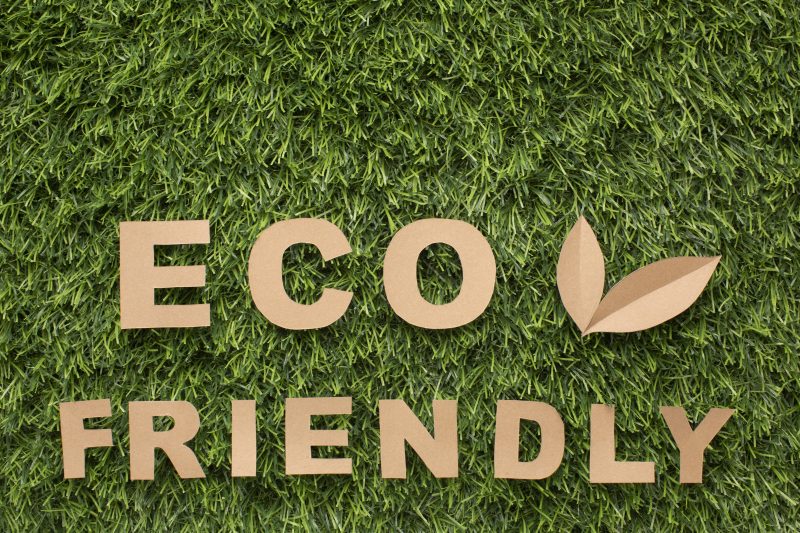
Why Choose Eco-Friendly Yoga Mats?
Alright, imagine this: You’re in savasana, soaking in those good vibes, when suddenly you start wondering if your mat is off-gassing who-knows-what right into your face. Talk about ruining the moment, right?
Well, that’s exactly what happened to me a few years back, and it sent me on a mission to find better options.
Here’s why I’m now a total convert to eco-friendly mats:
- They’re kinder to our planet:
Look, we’ve only got one Earth, and as yogis, aren’t we all about that connection to nature? Traditional mats can take centuries to break down. But eco-friendly mats? They’re often biodegradable or recyclable. It’s like giving Mother Nature a big, yoga-inspired hug! - They’re healthier for you:
Remember that funky “new mat” smell I mentioned? Yeah, that’s not just unpleasant – it could be toxic. Many conventional mats contain nasties like PVC and heavy metals. No thanks! Eco-mats skip all that junk, so you can focus on your breath, not what you might be breathing in. - They’re surprisingly durable:
I used to go through mats like nobody’s business. But when I switched to my first eco-friendly mat (it was a Manduka, in case you’re curious), I was shocked. Five years later, and it’s still going strong! Sure, they might cost a bit more upfront, but trust me, your wallet will thank you in the long run. - They just feel… different:
There’s something special about practicing on natural materials. Whether it’s the grippiness of rubber or the soft texture of cork, eco-mats often provide a more connected experience. It’s like the difference between wearing synthetic yoga pants and buttery-soft, breathable cotton ones. Once you try it, you might never go back! - They align with yoga philosophy:
You know how we talk about ahimsa (non-violence) in class? Well, choosing an eco-mat is ahimsa in action. It’s a small way to reduce harm to the environment and, by extension, to all living beings. Pretty powerful stuff for a simple yoga mat, huh?
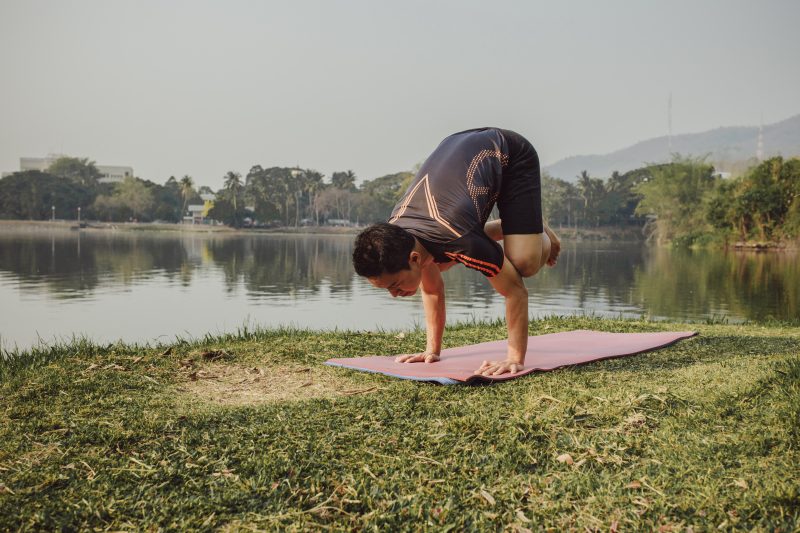
I’ll never forget the first time I unrolled my eco-friendly mat in class. A student asked about it, and before I knew it, half the class was gathered around, feeling the texture and asking questions. It sparked some great conversations about mindful consumption and how our choices on the mat can reflect our values off the mat.
So, next time you’re in the market for a new mat, why not give an eco-friendly option a whirl?
Your body, the planet, and your peace of mind will all say “Namaste” in gratitude!
What Makes a Yoga Mat Eco-Friendly?
Okay, so you’re sold on the idea of an eco-friendly mat (yay!), but now you’re wondering, “How do I know if a mat is actually eco-friendly?”
Don’t worry, after years of research (and, I’ll admit, a few misguided purchases), here’s what I’ve learned to look for:
- Materials that Mother Nature would approve of:
- Natural rubber: This stuff is amazing! It’s like the superhero of eco-mat materials. Great grip, awesome cushioning, and it comes from trees. Win-win-win!
- Cork: Not just for wine bottles anymore! Cork mats are naturally antimicrobial (bye-bye, mat funk!) and have a unique texture that I absolutely love for balancing poses.
- Organic cotton: Soft, breathable, and grown without nasty pesticides. It’s like a cozy, eco-friendly hug for your yoga practice.
- Jute: This one’s a bit of an acquired taste, texture-wise, but it’s super sustainable and gives you some serious grip.
- Production that doesn’t make the Earth cry:
You know how some companies talk a big game about being “green” but then have factories that are anything but? Yeah, we’re not about that life. Look for brands that are transparent about their manufacturing processes. Bonus points if they use renewable energy or have water conservation initiatives! - Certifications that prove they’re walking the talk:
There are a bunch of fancy-sounding certifications out there, but here are the ones I really trust:
- Global Organic Textile Standard (GOTS): It’s like the gold standard for organic textiles.
- Forest Stewardship Council (FSC): If your mat has any wood-based materials, this is the cert to look for.
- OEKO-TEX Standard 100: This one ensures your mat isn’t hiding any nasty chemicals.

- Packaging that doesn’t add to the plastic problem:
I once ordered a “eco-friendly” mat that came wrapped in layers of plastic. Talk about a facepalm moment! Now I always check if the brand uses minimal, recyclable, or biodegradable packaging. - End-of-life plans (for the mat, not you!):
Even the most durable mat will eventually wear out. Some awesome companies have recycling programs for their mats. How cool is that? - Companies that give a hoot:
This might sound cheesy, but I love supporting brands that seem to genuinely care. Whether it’s fair labor practices, additional environmental initiatives, or just being super transparent about their processes – it all counts in my book.
Here’s a little story for you: Last year, I took my yoga class to the beach for a sunrise session. As we were setting up, one of my students realized she’d forgotten her mat. Another student offered to share, pulling out this beautiful cork mat. By the end of the class, we were all amazed – sand brushed right off, it didn’t get waterlogged from the morning dew, and it provided awesome grip even as things heated up. That impromptu mat-sharing turned into a full-blown discussion about sustainable yoga gear. Now that’s what I call an enlightening practice!
Remember, no mat is perfect, but by considering these factors, you’re already making a positive change.
And isn’t that what yoga’s all about?
Small, mindful steps towards a better self and a better world.
So, next time you’re mat shopping, channel your inner eco-warrior yogi. Or if you’re ready to start your purchasing now check out our Top Eco-Friendly Yoga Mats for 2024.
Trust me, your practice (and the planet) will thank you!

Top Eco-Friendly Yoga Mat Brands
Alright, my eco-conscious yogis, let’s talk brands!
After years of testing (and yes, occasionally slipping on some less-than-grippy options), I’ve got the lowdown on some top-notch eco-friendly yoga mat brands.
Grab your kombucha, and let’s go on a journey!
1. Manduka
Oh, Manduka, you are my dream mat. These folks have been in the game for ages, and it shows.
My go-to: The eKO mat. It’s like the all-in-one of yoga mats – versatile, durable, and oh-so-grippy.
What’s the deal?
- Made from biodegradable, non-Amazon harvested tree rubber
- Closed-cell surface keeps the sweat (and bacteria) out
- Comes in a variety of thicknesses for whatever your joints prefer
Personal experience: I’ve had my Manduka eKO for five years now. It’s been with me through hot yoga, beach yoga, and even that one time I attempted goat yoga (pro tip: goats love to chew on mats!). It’s still going strong, which is pretty impressive considering the beating it’s taken.
Price: $88 – $98. Yeah, it’s an investment, but trust me, your great-grandkids will probably inherit this mat.
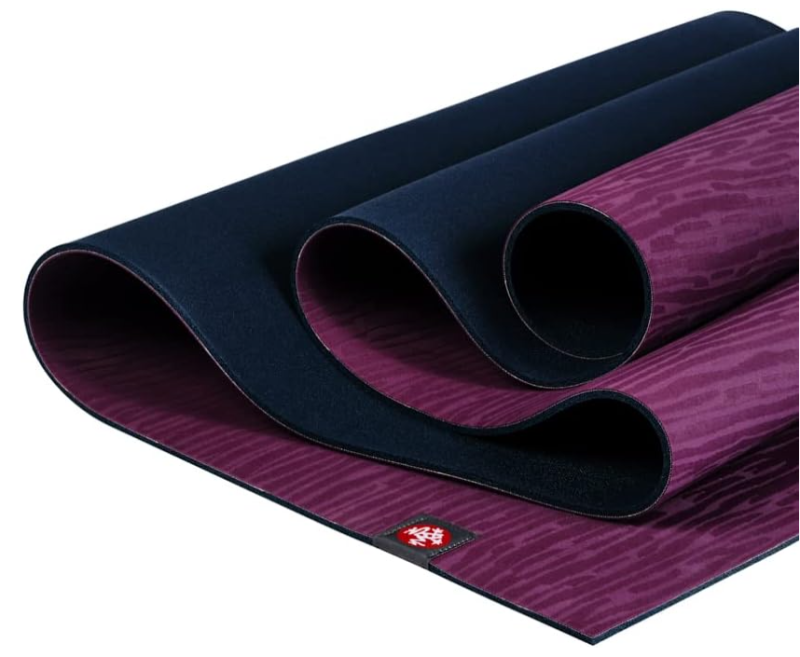
2. Jade Yoga
If you’re all about that grip, baby, Jade Yoga is your new best friend.
Star of the show: The Harmony mat. It’s like Velcro for your hands and feet, but in a good way!
What’s cool about it?
- Made from natural rubber
- Plants a tree for every mat sold (over two million trees and counting!)
- Open-cell technology that gives you grip for days
Funny story: I once had a student who was frustrated with constantly slipping in down dog. Recommended the Jade Harmony to her, and next class, she was sticking poses like a gecko. Her excitement was so contagious, half the class ended up ordering Jade mats that week!
Price range: $69.95 – $199.95. A bit easier on the wallet than Manduka, and you’re basically planting a tree. Win-win!
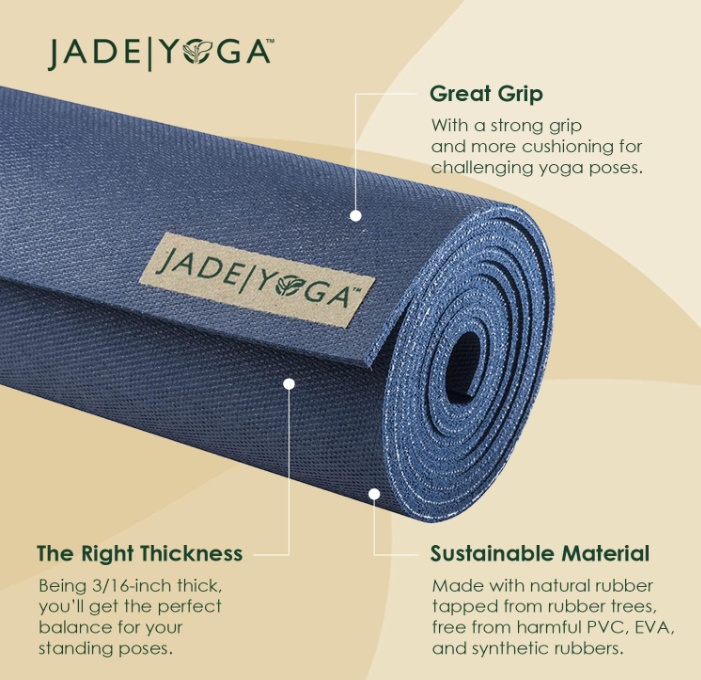
3. Gaiam
Ah, Gaiam, the brand that’s probably in every yoga studio you’ve ever visited. But did you know they’re killing it in the eco-friendly game too?
My pick: The Performance Jute Yoga Mat. It’s like practicing on a chic, eco-friendly rug.
What’s the scoop?
- Made from jute fiber and PER (Polymer Environmental Resin)
- Super durable and great for sweaty practices
- Reversible, so it’s like getting two mats in one
Real talk: I was skeptical about the jute texture at first. But after using it for a few vinyasa classes, I was sold. It’s got this unique, earthy feel that really grounds your practice. Plus, it’s a great conversation starter – I’ve had countless students ask about it after class.
Price: $29.98 – $39.98. Budget-friendly and eco-friendly? Yes, please!
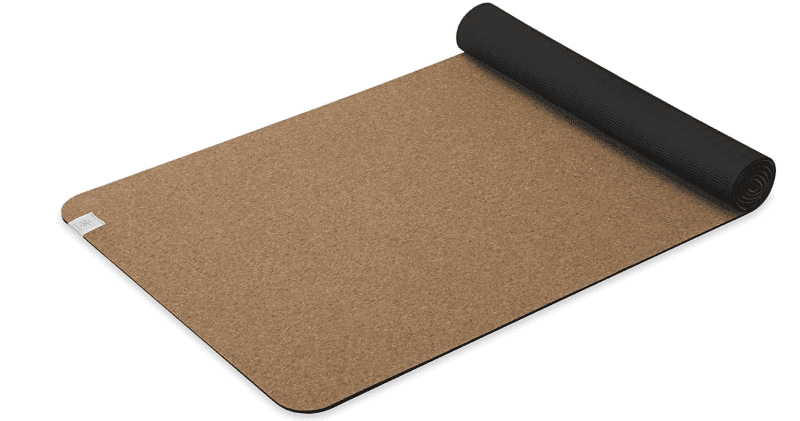
How to Choose the Right Eco-Friendly Yoga Mat
Alright, so now you’re probably thinking, “Sarah, this all sounds great, but how do I actually choose?” Don’t worry, I’ve got you covered! Here’s my down-and-dirty guide to finding your eco-mat soulmate:
- Know your practice:
- Hot yoga junkie? Look for mats with excellent grip when wet (cork or open-cell rubber are your friends).
- Gentle flow enthusiast? You might prioritize cushioning over extreme grip.
- Traveling yogi? Consider weight and portability.
- Consider your priorities:
- Is sustainability your top concern? Go for fully biodegradable options.
- Worried about durability? Natural rubber mats tend to last the longest.
- On a budget? There are great options at every price point.
- Think about texture:
- Some people love the softness of cotton, others prefer the stickiness of rubber.
- If possible, feel the mats in person. Your skin will thank you!
- Don’t forget about thickness:
- Bad knees? You might want a thicker mat for extra cushioning.
- Love to feel connected to the ground? A thinner mat might be your jam.
- Consider your environment:
- Practicing outdoors a lot? Look for UV-resistant materials.
- Live in a humid climate? Closed-cell mats resist bacteria better.
Remember, it’s okay to kiss a few frogs before you find your prince!
Most brands have great return policies, so don’t be afraid to try a few options.
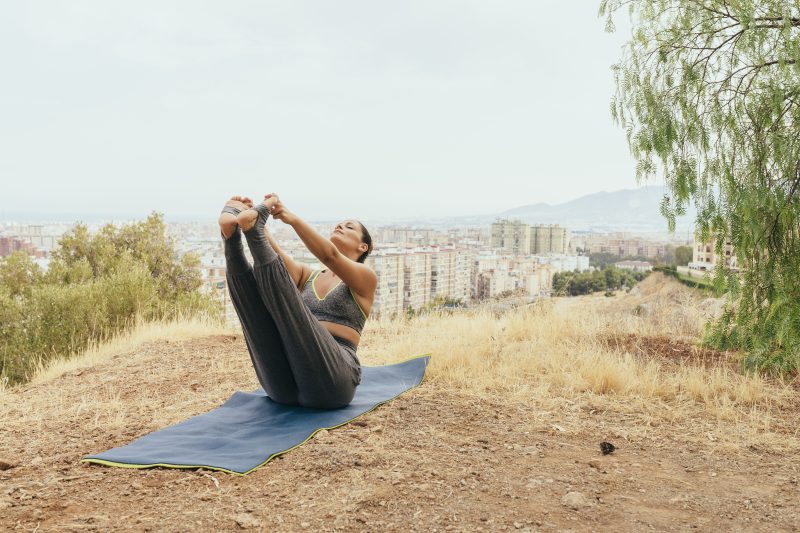
Caring for Your Eco-Friendly Yoga Mat
You’ve found your perfect eco-friendly mat – congrats! Now, let’s talk about keeping it in tip-top shape. Trust me, with a little TLC, your mat will be your faithful yoga companion for years to come.
- Clean it regularly:
- For light cleaning, a 50/50 mix of water and white vinegar works wonders.
- Got a stinky situation? Try a few drops of tea tree oil in your cleaning solution.
- Always air dry your mat completely before rolling it up.
- Show it some love:
- Rotate your mat regularly to evenly distribute wear.
- Avoid leaving it in direct sunlight or extreme heat (goodbye, hot car yoga mat storage!).
- Store it right:
- Roll your mat with the practice side facing out to prevent curling edges.
- If you’re not using it for a while, store it unrolled if possible.
- Know when to let go:
- Even the best mats don’t last forever. If you’re slipping more than usual or noticing bits coming off, it might be time for a new mat.
- Many brands have recycling programs – check if you can send your old mat back!
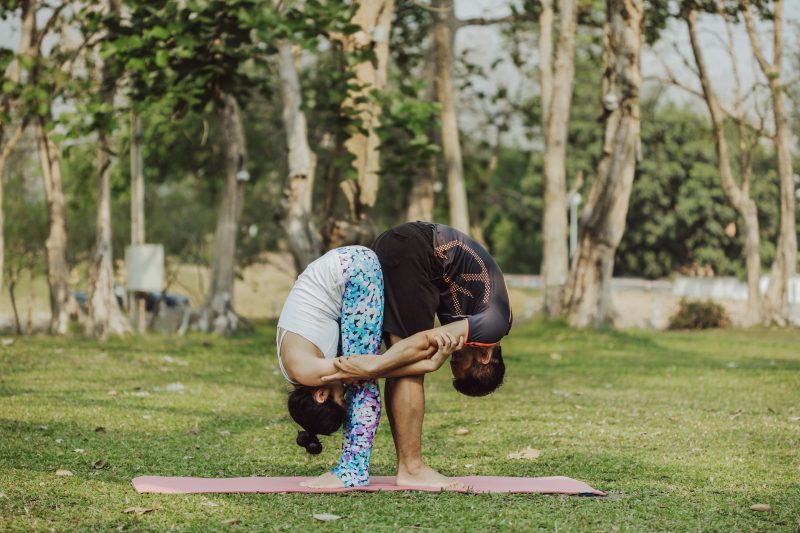
The Future of Eco-Friendly Yoga Mats
Exciting times are ahead, yogis! The eco-friendly mat market is constantly evolving. Here’s what I’m keeping my eye on:
- Innovative materials:
- Some brands are experimenting with algae-based foams. How cool is that?
- Recycled wetsuits are being transformed into yoga mats. Surf’s up, downward dog!
- Closed-loop systems:
- More companies are looking at ways to recycle old mats into new ones.
- Carbon-neutral production:
- Brands are increasingly offsetting their carbon footprint. Yoga for the planet!
Wrapping It Up
Whew! We’ve covered a lot of ground, haven’t we? From the “why” to the “what” to the “how” of eco-friendly yoga mats.
Remember, every time you step onto your mat, you’re not just starting your practice – you’re making a choice that impacts our planet.
So next time you’re in the market for a new mat, think green!
Your practice, your health, and Mother Earth will all thank you. And hey, who knows?
Your eco-friendly mat choice might just spark some interesting conversations in your next class.
Spreading the eco-love, one downward dog at a time!
Namaste, and happy (sustainable) practicing!
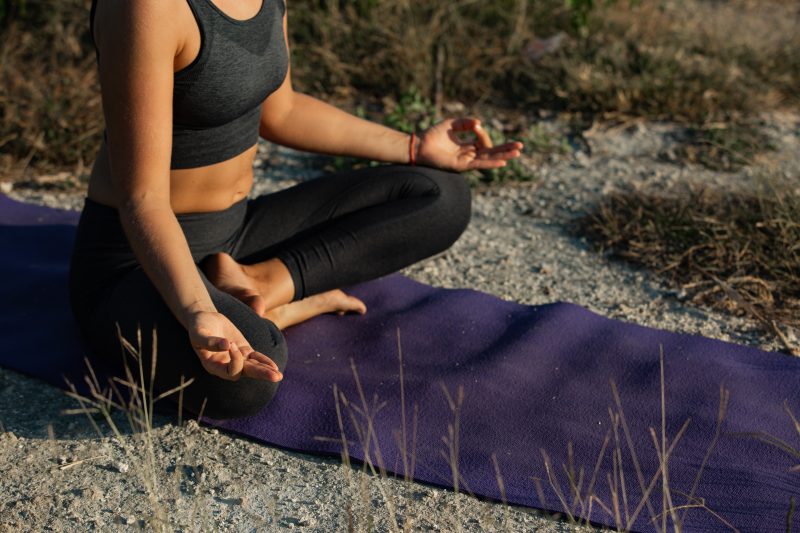
FAQs
Are eco-friendly yoga mats more expensive? They can be but think of it as an investment. They often last longer, so you might save money in the long run!
How long do eco-friendly yoga mats last? With proper care, many can last 5+ years. My Manduka is going strong after 5 years of heavy use!
Can eco-friendly yoga mats be recycled? Many can! Check with the manufacturer – some even have their own recycling programs.
Are there any downsides to eco-friendly yoga mats? Some might have a stronger natural odor at first, and they can be heavier than synthetic mats. But in my experience, the pros far outweigh the cons!
How do I know if a yoga mat is truly eco-friendly? Look for transparency from the brand about materials and production processes. Certifications like GOTS or OEKO-TEX are good indicators too.
Remember, yogis, questions are always welcome!
Don’t hesitate to reach out to brands directly if you’re unsure about anything.
Now, go forth and practice sustainably!





